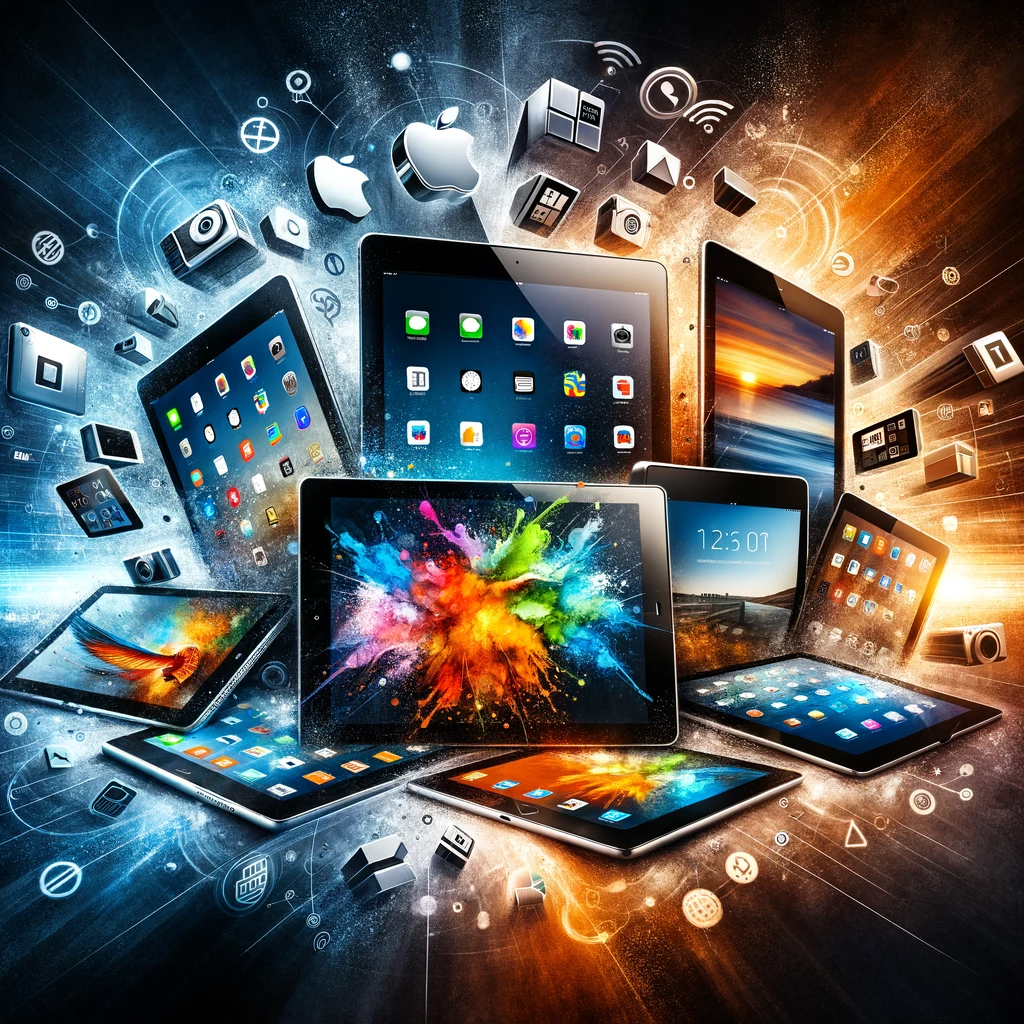In the ever-evolving landscape of mobile technology, tablets have emerged as essential devices for both personal and professional use. With a plethora of options available, choosing the right tablet can be overwhelming. This article aims to demystify the process by comparing the most popular tablet brands, highlighting their unique features, performance metrics, and overall user experience.

Apple iPad
Apple’s iPad is often credited with defining the modern tablet market. Renowned for its sleek design, intuitive user interface, and robust ecosystem, the iPad offers a seamless experience across Apple’s suite of products and services. Key models include the iPad Pro for power users, the iPad Air for a balance of performance and portability, and the standard iPad for everyday use. The iPad’s strengths lie in its high-quality build, extensive app library, and consistent software updates.
Samsung Galaxy Tab
Samsung’s Galaxy Tab series stands out for its versatility and integration with the Android ecosystem. Offering a range of models from the high-end Galaxy Tab S series to more affordable options like the Galaxy Tab A, Samsung caters to a wide audience. Features such as the S Pen provide a competitive edge for creative tasks and note-taking, while Samsung DeX offers a desktop-like experience.
Amazon Fire
Amazon’s Fire tablets are known for their affordability and integration with Amazon’s vast content library, making them ideal for media consumption. Though not as powerful as their Apple and Samsung counterparts, Fire tablets are user-friendly, with parental controls and a durable build, making them a popular choice for children and budget-conscious consumers.
Microsoft Surface
Blurring the lines between tablets and laptops, Microsoft’s Surface range appeals to professionals seeking a versatile device. The Surface Pro is particularly notable for its laptop-grade performance, Windows operating system, and compatibility with productivity software. The detachable keyboard and Surface Pen enhance its functionality as a hybrid device.
Lenovo Tablets
Lenovo offers a diverse range of tablets, including models that cater to entertainment, productivity, and even education. The Lenovo Tab P series, for example, is designed for performance and multimedia, while the M series is more budget-friendly. Unique features such as integrated projectors in select models set Lenovo apart in the tablet market.
Comparison Criteria
When comparing tablets, several factors are crucial:
- Performance: Processor speed, RAM, and storage options determine the tablet’s ability to handle tasks.
- Display: Screen size, resolution, and technology affect the visual experience.
- Battery Life: A critical factor for users who need their devices to last through the day.
- Ecosystem and Software: The availability of apps and integration with other devices enhance the user experience.
- Price: The cost relative to features and performance can be a deciding factor for many consumers.
Conclusion
The choice of tablet depends on individual needs and preferences. Apple iPads are ideal for those invested in the Apple ecosystem, seeking a polished user experience. Samsung’s Galaxy Tabs offer flexibility and innovation, particularly for Android enthusiasts. Amazon’s Fire tablets are best suited for casual use and media consumption, while Microsoft’s Surface line caters to those needing a laptop replacement. Lenovo’s offerings provide a wide range to suit various needs, from entertainment to productivity.
Choosing the right tablet involves balancing performance, features, and budget to find the device that best fits your lifestyle in the dynamic world of mobile technology.
